Key Points
- Poisonous plants for cats include some common house plants — lilies, tulips, daffodils.
- Cats love munching on plants, but even cat-friendly options like cat grass can make cats throw up.
- Think your cat got into something they shouldn’t? You should watch for symptoms and give your vet a call if necessary.
- Pet parents can contact the Pet Poison Helpline or ASPCA Animal Poison Control Center 24/7/365.
Do you consider yourself a cat parent and a plant parent? Cats and house plants might seem like a harmless combination — until your cat decides that your plant is the perfect snack (or that your fancy new planter is actually a litter box, ugh).
Sure, nibbling on leaves may seem innocent, but some plant materials can actually do serious harm to our whiskered friends. From an upset stomach to something more dangerous, knowing which plants are toxic is key when flexing your green thumb around your home. To make matters more complicated, even cat-friendly plants like cat grass can make kitties throw up, but that doesn’t make them poisonous to cats.
If you have a lot of indoor plants or let your cat wander outside, then it’s worth studying which plants cats should avoid. So, keep reading for a quick cheat sheet to poisonous plants for cats.
If you suspect your cat is exhibiting symptoms of potential plant poisoning, call your veterinarian, the Pet Poison Helpline, or the ASPCA Animal Poison Control right away.
1. Lilies
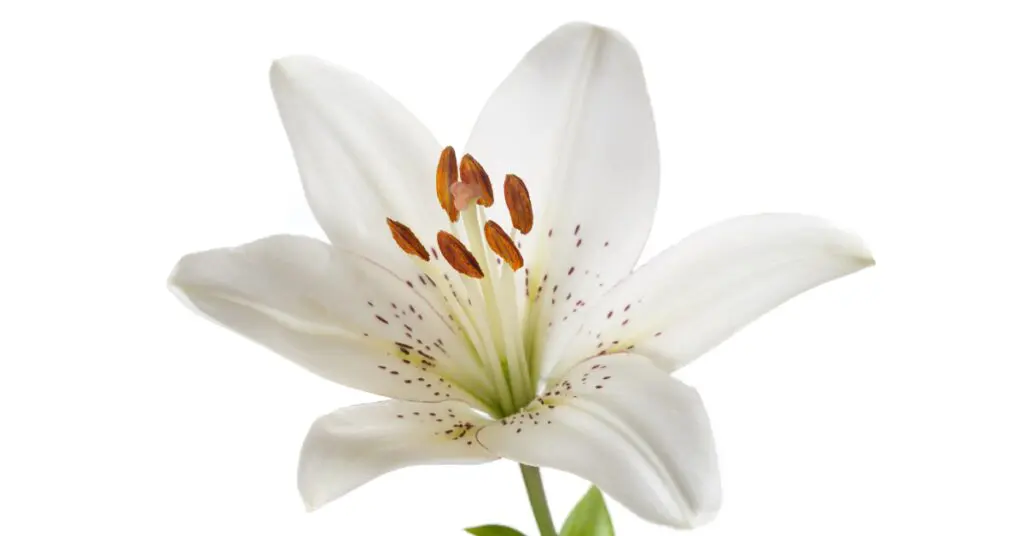
Lilies are one of the most poisonous types of plants for cats. These include Asiatic lilies, Easter lilies, Japanese show lilies, rubrum lilies, stargazer lilies, red lilies, tiger lilies, Western lilies, wood lilies, and daylilies. These beautiful flowers are often found in the garden and are a popular addition to bouquets.
Lilies can be highly dangerous if a cat eats one, but less than 30% of cat owners know this. And it’s not just a nibble of a leaf. The entire plant is toxic to cats. Even the smallest exposure to the plant’s leaves, flowers, or pollen could result in acute kidney failure. You should also stop your kitty from drinking water from a vase with lilies.
Because they’re such a common threat, the Pet Poison Helpline created the No Lilies for Kitties! campaign to warn cat owners about exposure to these toxic plants.
2. Autumn Crocus
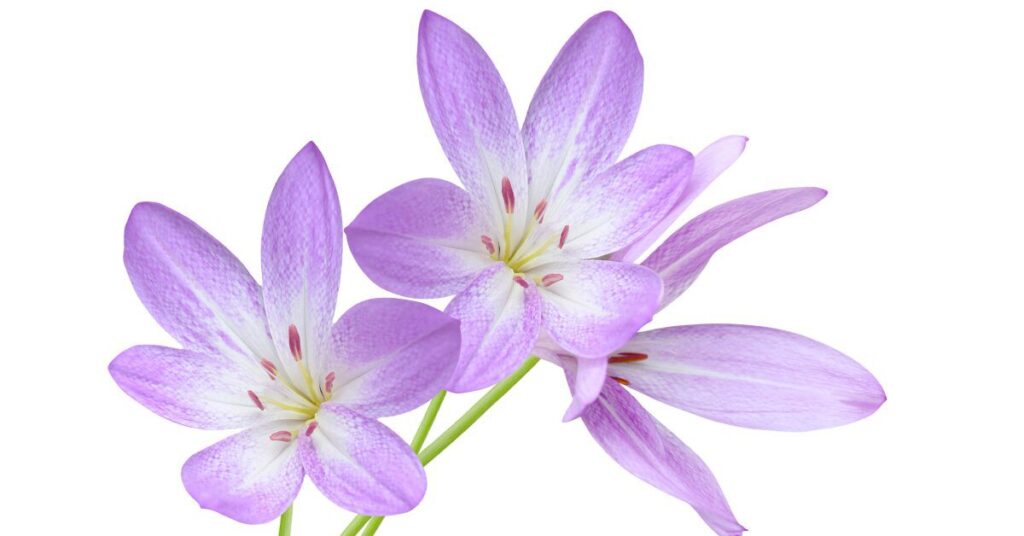
The Autumn Crocus is a member of the lily family and is also known as meadow saffron or naked lady. These flowers bloom in the fall and are poisonous to cats because of their alkaloid colchicine content.
All parts of this plant are toxic. Ingesting just one can cause severe gastrointestinal problems, such as vomiting, drooling, and diarrhea, as well as seizures and liver damage. Symptoms may be immediate or show up days after ingestion.
3. Sago Palm

Sago palm is a common outdoor plant typically found in tropical areas, with certain variants of the plant kept as houseplants. All parts of the sago palm are toxic to cats, but the seeds are the deadliest and can cause severe liver damage for your feline friend. Sago palm can also cause an upset stomach, vomiting, seizures, and liver failure.
While these plants are typically found in the south, they can probably be found in the garden section at your local box store. Sago palms also go by coontie palm, cardboard palm, cycads, and zamias.
4. Asparagus Fern
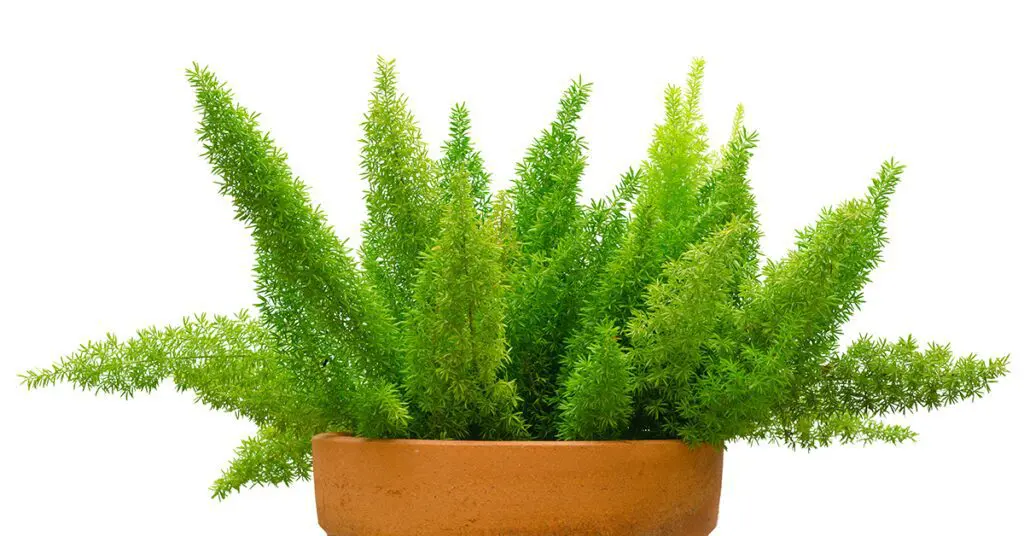
The asparagus fern is another member of the lily family and is also called the emerald feather, emerald fern, plumosa fern, and lace fern. The asparagus fern frequently appears in bouquets and can cause gastrointestinal upset and skin irritation for your cat if ingested. The poisonous agent in this plant is sapogenin, which is commonly found in a variety of other plants.
5. Tulip and Hyacinth
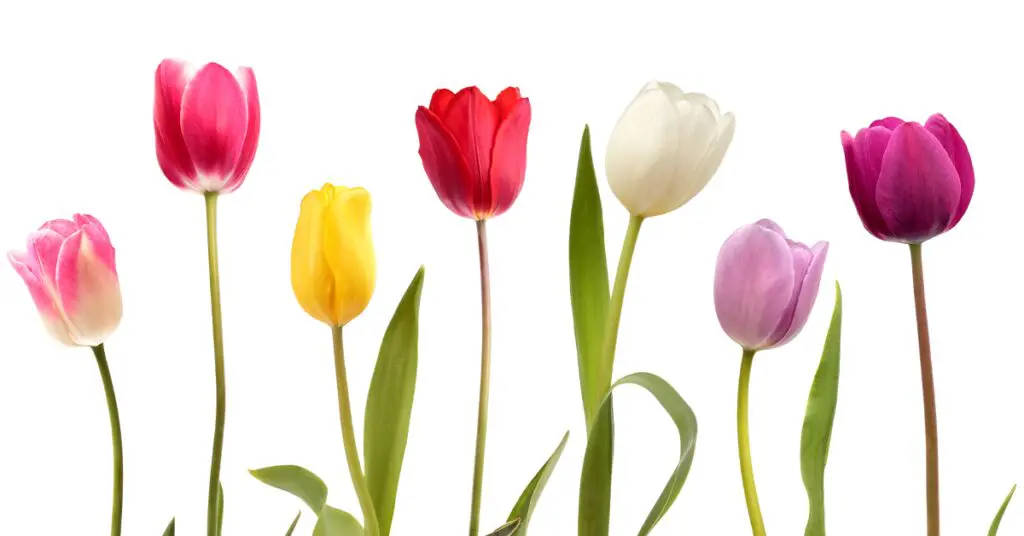
Tulips and hyacinths are so popular that many cat owners will have them in their gardens. But the bulbs of these flowering plants are especially toxic to cats. Also known as Tulipa spp and hyacinthus orientalis, both are members of the Liliaceae family of plants, which includes the potentially fatal lily.
Tulips contain the toxins tulipalin A and tulipalin B, while hyacinths contain narcissus-like alkaloids, which are concentrated in the tulip’s bulbs. Signs of tulip and hyacinth poisoning include drooling, vomiting, diarrhea, depression, and tremors.
6. Philodendrons
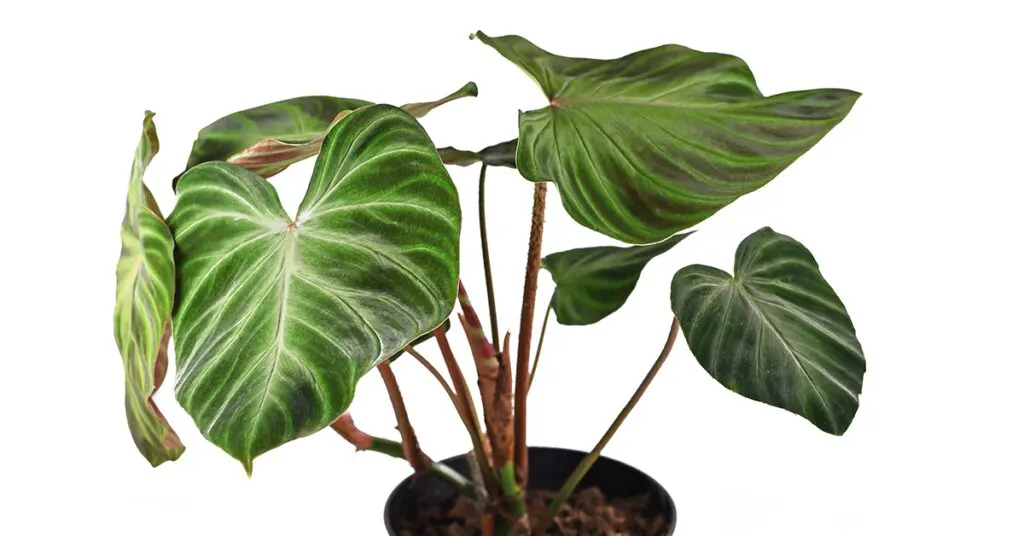
Philodendron house plants thrive indoors year-round and are mild to moderately toxic to curious cats. The philodendron family includes the Swiss cheese plant, heartleaf, and fiddle-leaf philodendron. Their leaves have calcium oxalate crystals that can hurt the lining of a cat’s stomach and intestines and cause intense burning and irritation of the mouth. Signs your cat has chewed on a philodendron include a watering or bleeding mouth and vomiting.
7. Nerium Oleander
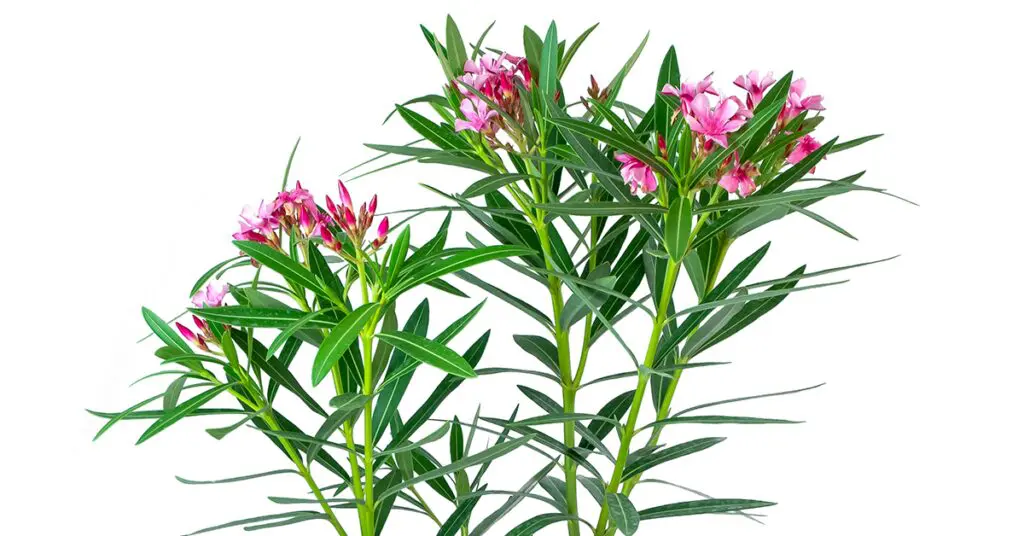
Oleanders are popular garden plants because they look beautiful and can handle drought and poor soil. They are usually found in warm climates. All parts of this plant are toxic, including the water in the vase. It contains cardiac glycoside toxins, which adversely affect a cat’s heart muscle.
Cats that ingest this plant can experience severe drooling, vomiting, diarrhea, incoordination, tremors, seizures, and fatal heart abnormalities. If you have this type of plant, it’s best kept in the yard and not brought into your home.
8. Dieffenbachia
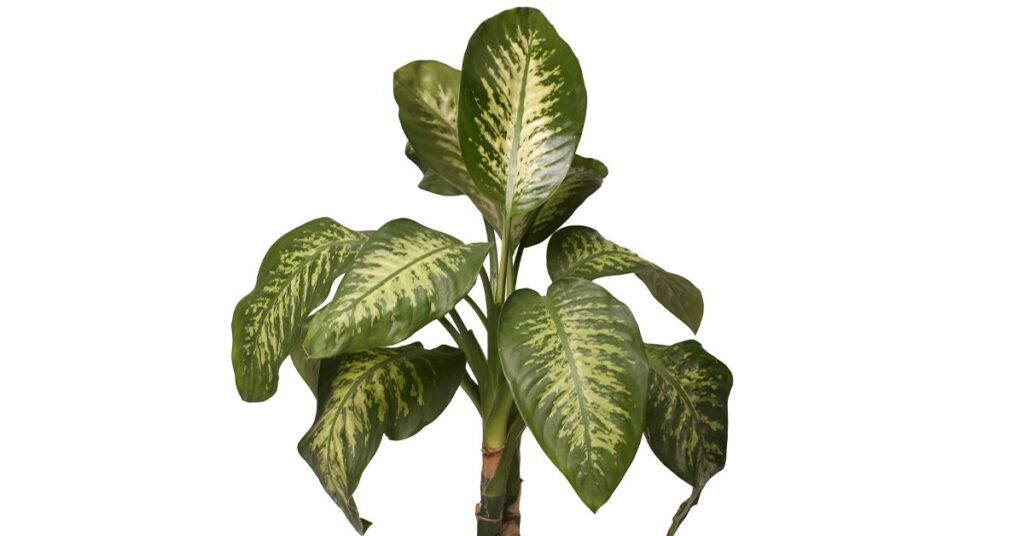
Part of the Araceae family of tropical flowering plants, dieffenbachia plants are poisonous to cats. They are also known as charming dieffenbachia, dumb cane, exotica perfection, giant dumb cane, gold dieffenbachia, spotted dumb cane, tropic snow, and variable dieffenbachia.
Exposure to this plant is extremely painful and uncomfortable for cats because it contains insoluble calcium oxalate crystals that cause oral irritation. In rare cases, exposure can cause breathing problems, so this plant should not be kept in your home.
9. Cyclamen
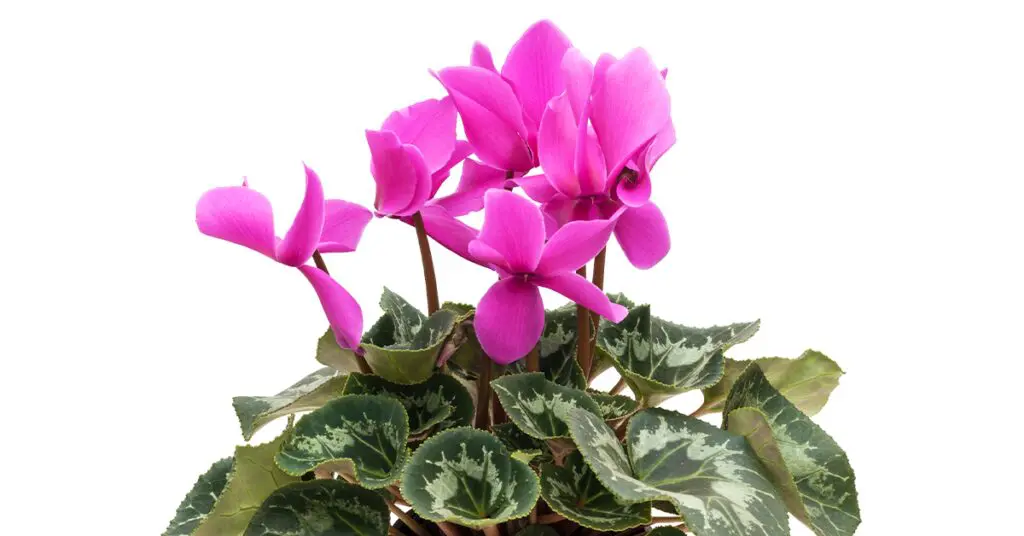
Cyclamen is a group of over 20 plants, including Persian violets and sowbread, that flower all year. They are often kept indoors. All parts of this plant contain the poisonous component saponins, but the tubers and roots are the most toxic. Ingesting this plant can cause abnormal heart rate and rhythm, seizures, and death for your kitty. This plant should not be kept in a cat owner’s home.
10. Kalanchoe
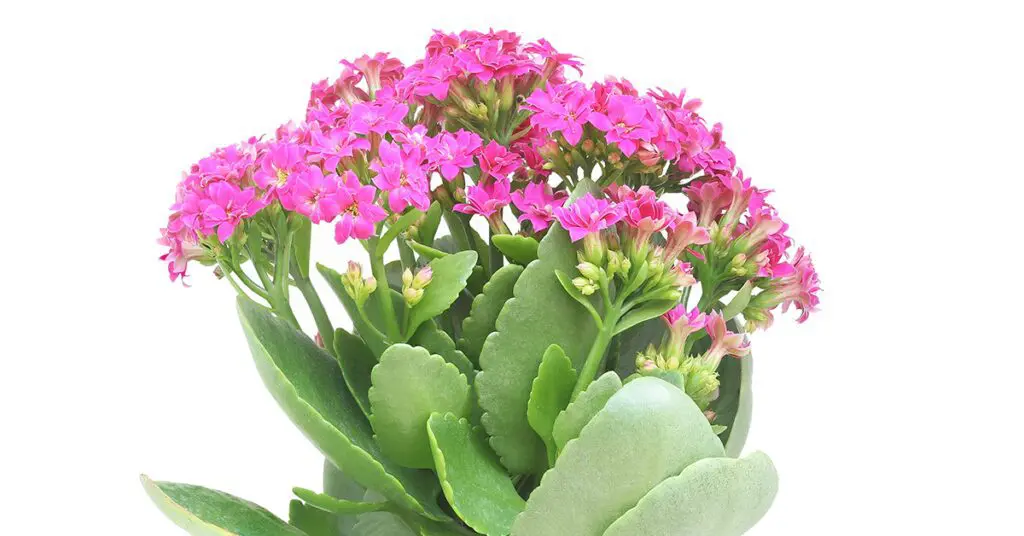
Kalanchoes are low-maintenance houseplants that are very easy to care for but extremely toxic to cats. All parts of this plant have toxins called bufadienolides, which can cause stomach problems for cats. It is also known as the mother-in-law plant, devil’s backbone plant, and chandelier plant.
While rare, if cats ingest large quantities of kalanchoe, they may experience more severe symptoms, such as heart arrhythmias, collapse, and seizures. This plant should not be kept in a cat owner’s home.
11. Daffodils
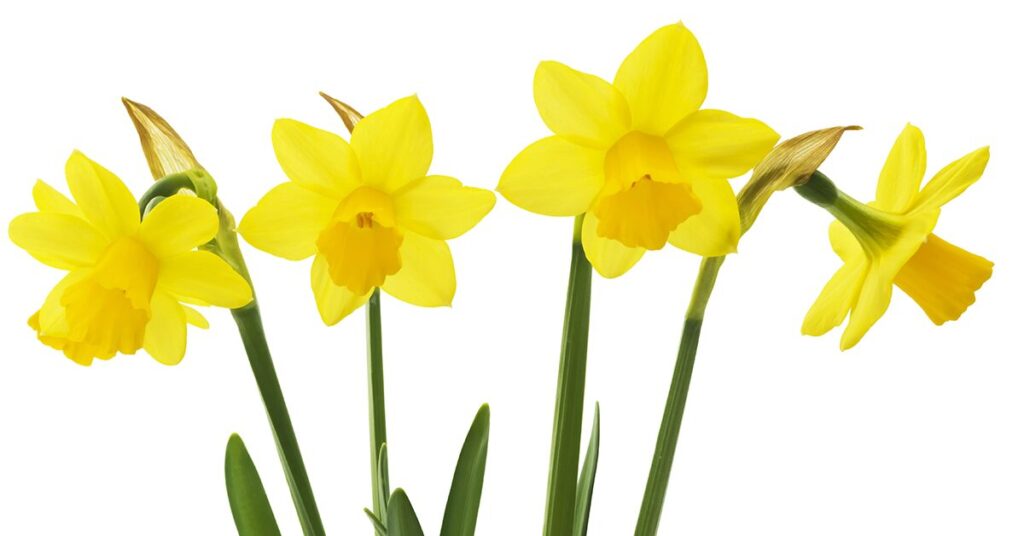
Daffodils are plants in the Amaryllidaceae family. They are perennials and are also known as paper white and jonquil. These plants are very poisonous to cats because of the toxin lycorine. The bulbs, though, are the most toxic and can cause drooling, vomiting, diarrhea, and abdominal pain.
Cats who ingest daffodils may also experience cardiac arrhythmias, extremely low blood pressure, breathing difficulties, and convulsions. Cat owners should take extreme caution in keeping their curious cats away from daffodil bulbs.
12. Rhododendron and Azalea
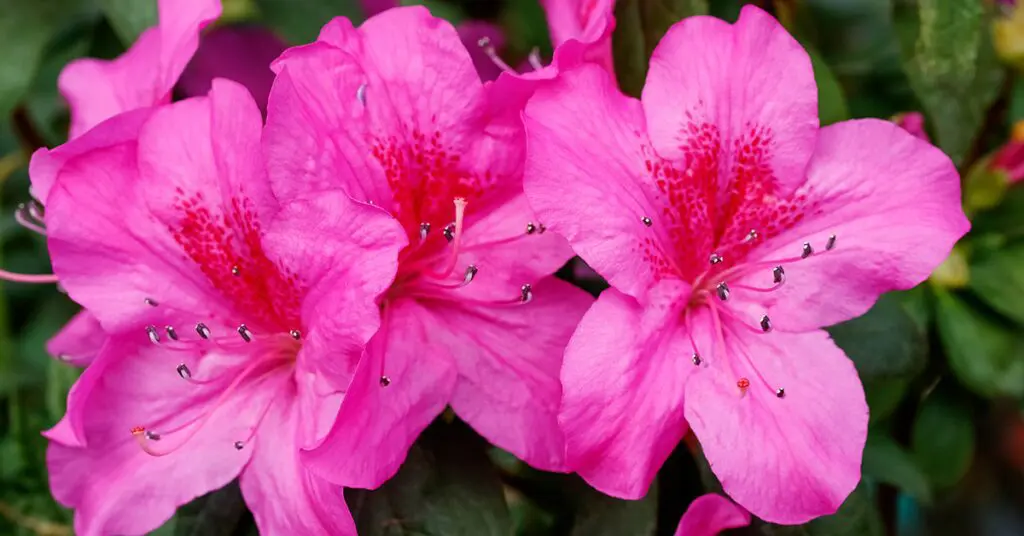
Rhododendrons and azaleas’ stems, leaves, and flowers are all very poisonous. Eating just three leaves may be too much for a cat. If your feline friend has eaten a rhododendron or azalea, you may notice excessive drooling, loss of appetite, and stomach upset that includes colic and diarrhea, weakness, and loss of coordination. They may even experience leg paralysis and a weakened heart rate.
13. Calla Lily & Peace Lily

Though not true lilies, calla lilies and peace lilies have elegant, trumpet-shaped blooms that can still spell trouble for cats. All parts have sharp calcium oxalate crystals that cause intense irritation if chewed. This can lead to drooling, pawing at the mouth, and discomfort in the throat.
While severe symptoms like seizures or kidney failure are rare, it’s best to keep these out of reach to avoid any distress.
14. Jade Plant

The always-popular jade plant, also known as a rubber plant, has thick, glossy leaves that can be tempting for curious cats. Easy to care for, jade plants are often found in indoor gardens. Accidental ingestion can lead to vomiting, lethargy, unusual behavior, or a lack of appetite. These plants are beautiful but better kept away from pets.
Why do cats eat plants?
As obligate carnivores, why do so many cats develop a taste for plants? Cats munch on plants for a few reasons. Sometimes it’s instinct or even a way to fill a nutritional gap. Other times, they’re looking to settle their stomachs or induce vomiting to clear out something they can’t digest, such as parasites or animal fur. Other cats just seem to enjoy the taste and texture. Finally, we have to acknowledge that cats can be a bit mysterious; we don’t always understand why they behave the way they do.
If you have a cat that’s started nibbling on your precious indoor plants, then consider sharing cat grass, which offers healthy benefits for your kitty and satisfies their craving to crunch on something green. You can buy it in pet stores or grow your own at home.
What plants are safe for felines?
There are still plenty of cat-safe, non-toxic plants that can be included in any home decor worry-free. Whether you grow a beautiful garden of indoor plants or put flowers in colorful vases around your home, these plants are safe for curious cats:
- Cat grass
- Spider plants
- True palms
- African violets
- Succulents
- Swedish ivy
- Bamboo
- Boston fern
- Cast-iron plant
- Bromeliads
- Christmas cactus
- Marigolds
- Sunflowers
- Jasmine
- Petunias
Plant safety in homes
It can be difficult to keep curious cats away from poisonous plants since most kitties go wherever they want, including countertops, tables, and window ledges. Whether indoors or outdoors, putting plants in containers or large planters will elevate them so your four-legged friend can’t chew on them or dig them up. Hanging planters can also be a safe option. When in doubt, it’s best to take a questionable plant out of your cat’s reach until you have determined it’s non-toxic.
If you have questions about what’s safe to grow in your garden, give your veterinarian a call. Of course, accidents can still happen, even with the most careful pet parents. Pumpkin cat insurance plans can help you afford the best care in the future by covering eligible vet bills for accidents and illnesses.
FAQs
- https://www.aspca.org/pet-care/animal-poison-control
- https://www.aspca.org/pet-care/animal-poison-control/cats-plant-list
- https://evcc.com/blog/common-poisonous-plants-for-cats/
- https://www.petpoisonhelpline.com/veterinarians/free-resources-clinic-clients/no-lilies-for-kitties/
- https://www.fda.gov/animal-veterinary/animal-health-literacy/lovely-lilies-and-curious-cats-dangerous-combination
- https://www.petpoisonhelpline.com/
- https://hort.extension.wisc.edu/articles/autumn-crocus-colchicum-spp/
- https://vetmeds.org/pet-poison-control-list/autumn-crocus/#!form/PPCDonations
- https://www.riversquareanimalhospital.com/care_guide.html
- https://www.missouribotanicalgarden.org/PlantFinder/PlantFinderDetails.aspx?kempercode=c252
- https://yardandgarden.extension.iastate.edu/faq/are-philodendrons-poisonous
- https://pangovet.com/pet-health-wellness/cats/are-tulips-toxic-to-cats/
- https://www.petpoisonhelpline.com/poison/oleander/
- https://lortsmith.com/need-help-now/cat/poisons-toxins/toxic-plants/dieffenbachia/
- https://www.aspca.org/pet-care/animal-poison-control/toxic-and-non-toxic-plants/cyclamen
- https://www.petpoisonhelpline.com/poison/kalanchoe/
- https://wagwalking.com/cat/condition/rhododendron-poisoning
- https://www.petpoisonhelpline.com/poison/calla-lily/
- https://www.aspca.org/pet-care/animal-poison-control/toxic-and-non-toxic-plants/jade-plant
- https://www.petpoisonhelpline.com/poison/daffodil/
- https://www.petpoisonhelpline.com/veterinarians/free-resources-clinic-clients/no-lilies-for-kitties/
- https://www.aspca.org/pet-care/animal-poison-control/cats-plant-list
- https://thecatshack.rescuegroups.org/info/display?PageID=5209




